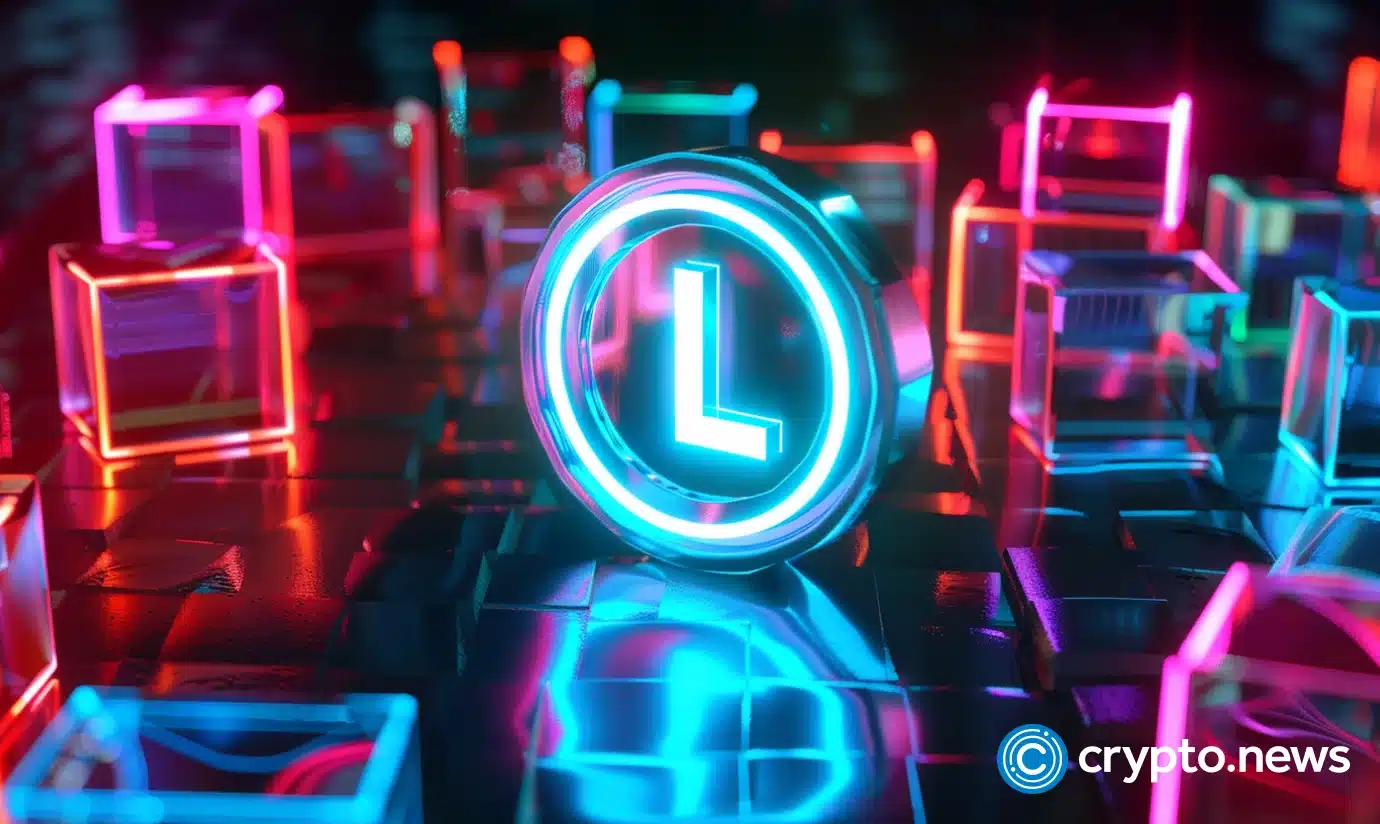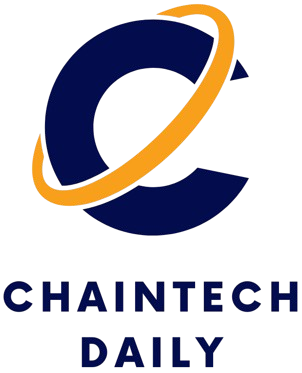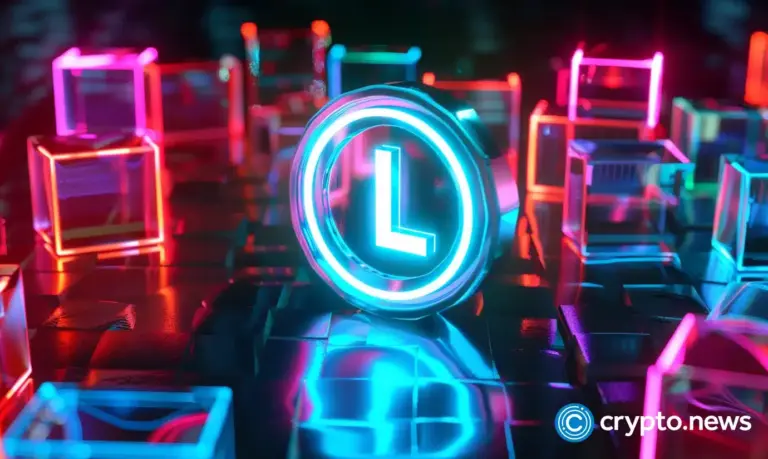
Litecoin emerged as an “improved” version of Bitcoin, yet it has never quite managed to surpass it. Nevertheless, it still ranks among the top 20 cryptocurrencies by market capitalization.
So, why isn’t Litecoin (LTC) just Bitcoin’s “little brother”? What makes it unique and cool in its own right? Let’s figure it out.
What is Litecoin?
Litecoin is a cryptocurrency that boasts benefits such as low transaction fees, Bitcoin (BTC) protocol compatibility, and its own ASIC miners for improved security.
Introduced in 2011, two years after Bitcoin, Litecoin was made to address Bitcoin’s shortcomings by offering quicker transactions and more accessible mining.
Although it’s often overlooked in favor of other altcoins, Charlie Lee — Litecoin’s creator — believes the coin has strong potential, especially because of its higher transaction throughput compared to Bitcoin.
So, how does Litecoin operate? Let’s break down its key features and the technology that makes it stand out.
How does Litecoin work?
Like Bitcoin, Litecoin uses a PoW algorithm, where users verify transactions by dedicating their computing power and earn LTC as a reward. But there are a few important differences that set it apart:
Transaction speed. One of the main differences is the block creation time. With Litecoin, a block is created every 2.5 minutes, while Bitcoin’s network creates one every 10 minutes. This means transactions on Litecoin’s network happen much faster.
Mining algorithm. Litecoin cryptocurrency uses the Scrypt algorithm, unlike Bitcoin, which uses SHA-256. This makes Litecoin mining less demanding on resources and easier for regular users to get involved in.
Total coin supply. The Litecoin network has a cap of 84 million coins, which is four times higher than Bitcoin’s limit of 21 million.
Transaction fees. Thanks to faster transactions and smaller block sizes, transaction fees on Litecoin are usually lower than Bitcoin’s. This makes it a more affordable option for everyday transactions.
What is Litecoin used for?
LTC is mainly used as a peer-to-peer digital currency, and it has a variety of practical uses. Here are some of the most common ways people use it:
Paying for goods and services. Many businesses accept Litecoin as a payment method, offering a fast and affordable alternative to traditional payment systems.
Cross-border transfers. With its fast transaction times and low fees, Litecoin is a great option for sending money across borders. It provides a cost-effective solution for international transfers without the high fees and delays of traditional banks.
Trading and investment. Litecoin (LTC) is actively traded on many exchanges, where some investors look to profit from its price fluctuations.
Peer-to-peer transactions. Litecoin allows for easy transfers between individuals. You can send the Litecoin cryptocurrency directly to anyone, ensuring fast and secure transactions without needing a bank as a middleman.
What makes Litecoin valuable?
The Litecoin price history has experienced notable fluctuations, yet it has consistently held its ground as one of the most trusted cryptocurrencies. With several price spikes over time, Litecoin has proven its resilience, often surging during bullish periods while maintaining a steady presence even during market downturns.
These price movements are a reflection of the market’s ongoing interest in Litecoin, but its strong fundamentals continue to position it as a valuable cryptocurrency in its own right.
Litecoin’s value is driven by its limited supply, creating scarcity and increasing its value over time. Regular halving events, which reduce miner rewards, further limit coin circulation, supporting its potential for growth. Additionally, Litecoin’s efficiency as a fast, low-cost medium of exchange boosts its practicality.
Its decentralized nature ensures no central authority can manipulate its price, giving users confidence in its stability.
FAQ
How many Litecoins are there?
There will only ever be 84 million Litecoins. It’s actually four times more than Bitcoin’s supply of 21 million, making it a bit more abundant, but still limited enough to be valuable.
Who created Litecoin?
In 2011, Charlie Lee, a former Google engineer, launched Litecoin. Motivated by Bitcoin’s success, he wanted to make a more efficient, quicker alternative.
What makes Litecoin unique?
Litecoin shines with its speed — creating a block every 2.5 minutes, it’s much faster than Bitcoin, which takes 10 minutes. It also uses Scrypt for mining, which is less taxing on resources, so more people can participate in mining. And the 84 million coin supply means there’s a nice balance between being scarce enough to maintain value, but still usable.


